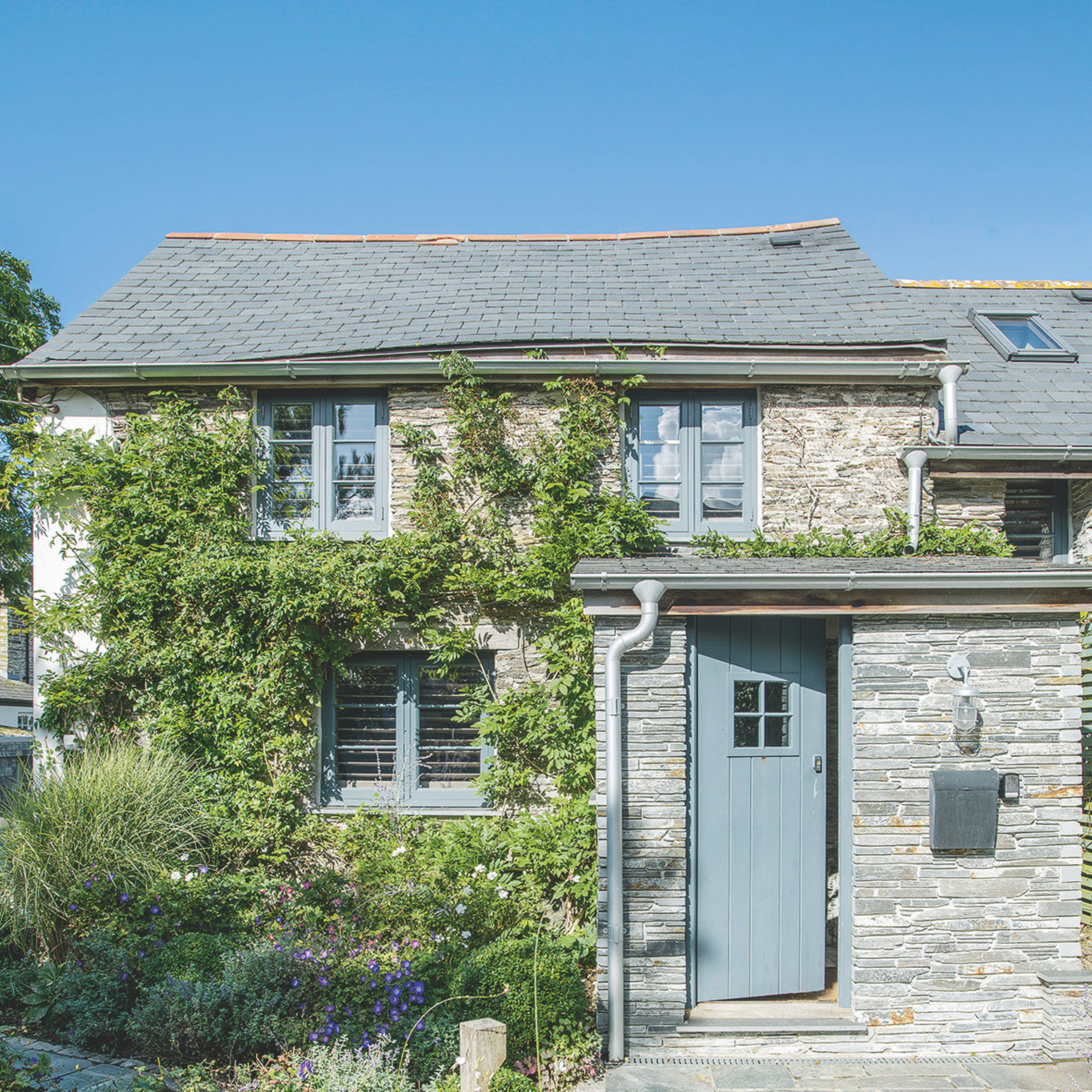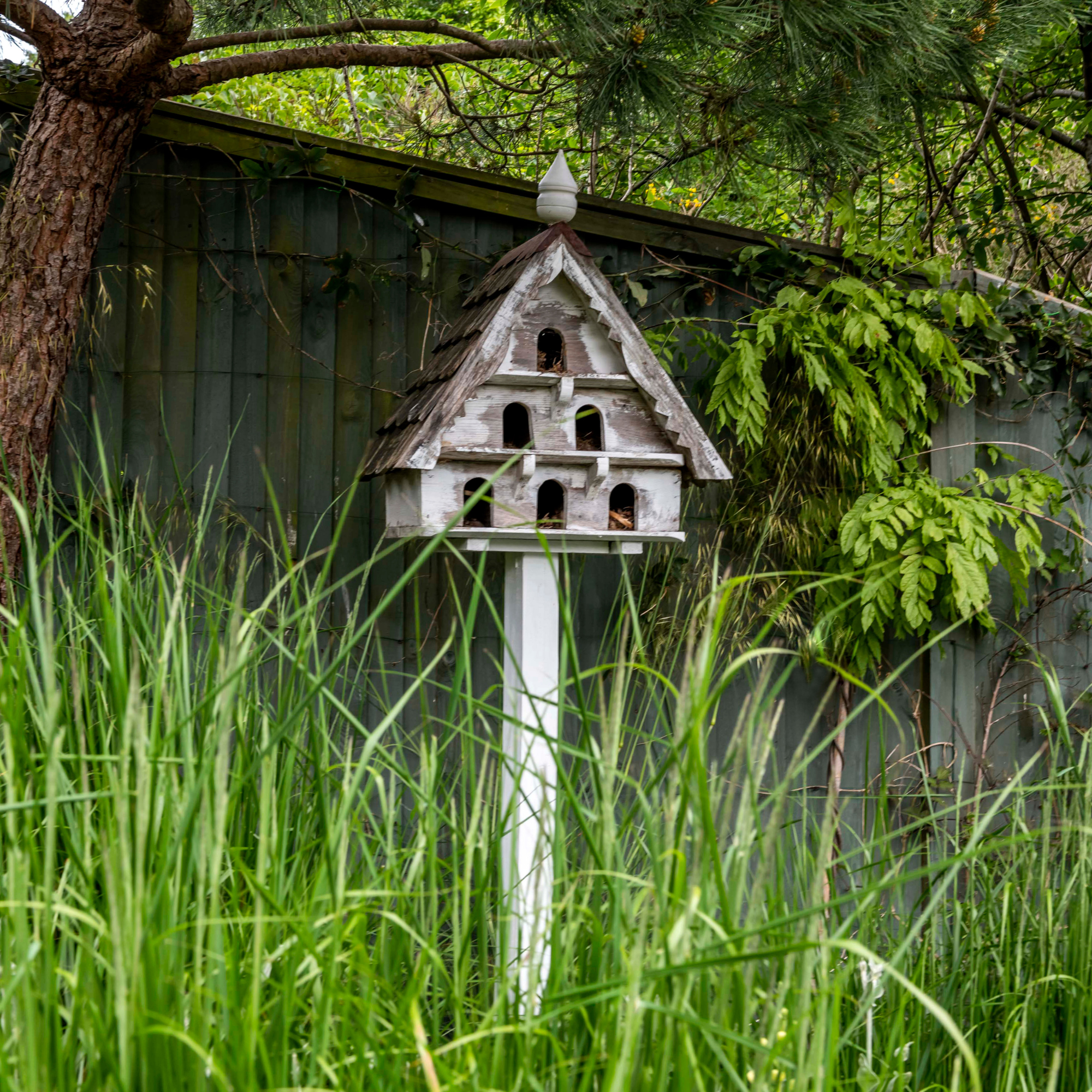
Now we’re in autumn, it’s important to start thinking about getting our roofs in order. With trees now shedding colourful leaves, our gutters have suddenly become a breeding ground for mould and rot.
But clearing our gutters of leaves, moss and debris isn’t the only rooftop task you should be looking into. Now is the time to remove any bird nests and take preventative measures against wildlife setting up shop on your roof. In fact only between now and 31 January is it legal to remove bird nests from your roof.
Of course wildlife are an important part of the ecosystem and even beneficial to keeping our gardens in great shape. There are plenty of easy ways to attract butterflies to your garden, or how to make your garden hedgehog friendly - we all know a buzzing ecosystem is the key to making your garden extra special.
Birds in particular are in decline, which is why the RSPB encourages allowing birds to nest on your roofs if it is suitable.
But if you're been experiencing any problems from birds settling in or under your roof, now is the time to look into your options.

What problems can birds cause to roofs
When birds choose to nest on top of our house, it can cause structural damage and can even be dangerous for the birds - especially when they choose to roost in chimneys.
‘If they end up nesting under tiles they can sometimes dislodge them, something that can easily lead to leaks during rainy periods,’ says James Ewens, Commercial Director at Green Feathers.
‘If birds nest in gutters, the nests can cause blockages that can weigh the gutter down, with the added weight making it more likely that the gutter will become damaged and unstable.
‘Their droppings are also acidic, and so when accumulating over time can damage whatever it is they’re landing on.
‘Due to being made of dried twigs and leaves, nests can also pose a fire hazard, especially if they’ve been built near electrical equipment for warmth.’

The Wildlife and Countryside Act 1981
The Wildlife and Countryside Act 1981 makes it illegal to take, damage or destroy the nest of any wild bird while it is in use or being built. You must allow chicks to leave the nest before taking any action.
‘You could face fines of up to £5,000, up to 6 months in prison, and/or forfeiture of vehicles or equipment used to disturb the nest. You could also be made to pay for the associated prosecution costs, so it is not a piece of legislation to be taken lightly,’ says James.
However if you find a bird's nest between 1 September and 31 January, it may be legal to remove it.
'First, you need to consider whether the nest really needs to be removed. If it isn’t causing any trouble for you, then we’d always recommend simply leaving it be - it’s always better to be safe than sorry, and just because birds are less active with nests in this period, it doesn’t mean they won’t be in use at all,’ says James.
‘If you do want to remove it, then it’s best to monitor the nest for a few days to make sure that no birds are nipping back to it every now and again so you can be sure that it’s safe to dispose of.’

How to prevent birds nesting on your roof
The RSPB recommends nest boxes if your roof is not suitable or safe for birds.
‘Nest boxes can be secured to fences, trees and even to buildings, they can easily mimic the secure space of a roof or outbuilding. Birds can use these spaces to nest and raise their young, or for shelter and warmth throughout the winter months,' says Sean McMenemy, wildlife expert and founder of Ark Wildlife .
James adds that preventive measures can be taken.
‘You'll also want to check the roof as well as the eaves for any damage that birds could exploit. Loose or cracked tiles that they could move or any gaps or holes can make perfect nesting spots, so making sure these are fixed and filled before nesting season is important if you’re really wanting to minimise the chances,’ he says.
If you don’t fancy any feathered friends finding a home on your roof, then now is the time to act.
This nesting box is a far better home than your roof. Perfect for Finches and Nuthatches, this box provides a safe and secure place for birds to live.







